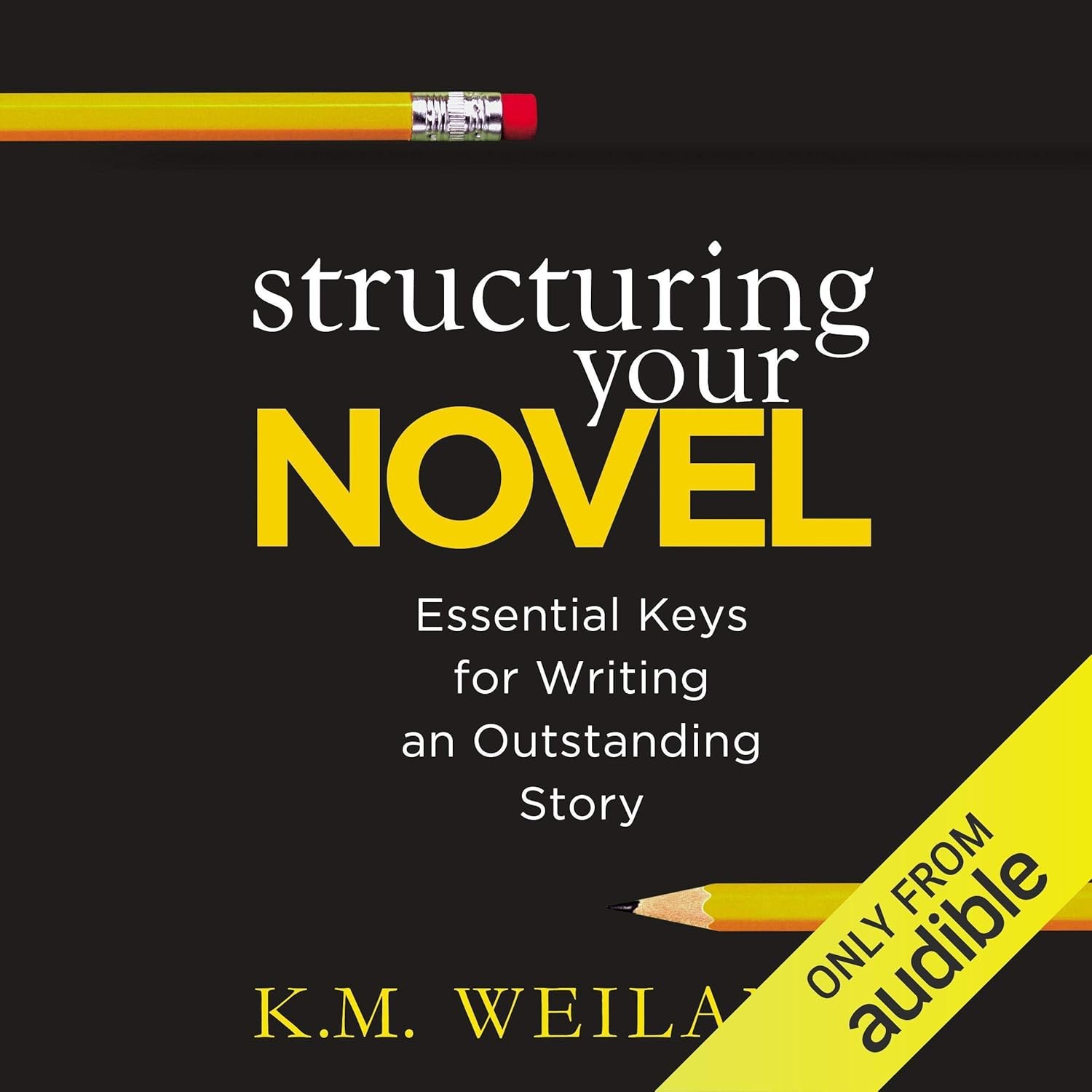
13 Aug Unlocking the Blueprint: A Deep Dive into Structuring Your Novel
Structuring Your Novel: Essential Keys for Writing an Outstanding Story by K.M. Weiland – A Reflection
When I first stumbled upon Structuring Your Novel: Essential Keys for Writing an Outstanding Story by K.M. Weiland, I felt an exhilarating mix of curiosity and hope; after all, the intricate dance of storytelling has long fascinated me, yet I’ve often struggled to find an anchor amid the creative chaos. Weiland’s previous work, Outlining Your Novel, had already set the bar high, and this book promised the hidden treasure of structure that many renowned authors cite as their secret weapon.
The depth of insight in Structuring Your Novel is nothing short of transformative; it’s like having a seasoned writing coach right by your side. Weiland explores the importance of story structure, breaking it down into easily digestible concepts that resonate with both novice and seasoned writers alike. The book is structured beautifully, entwining practical advice with relatable examples from beloved novels and films. It’s comforting to know that even established writers started somewhere, grappling with the same uncertainties.
One standout theme in the book is the necessity of a well-planned structure. Weiland emphasizes how good structure serves as the backbone of compelling narratives. She deftly deconstructs the “saggy middle” that plagues so many writers, guiding us to identify our story’s centerpieces. As a writer, this resonated deeply with me; I’ve often felt that my stories lose momentum halfway through. The idea of having a focal point to rally around is not just enlightening but liberating.
Weiland’s writing style is warm and engaging. Her knack for explaining complex concepts in an approachable and conversational tone creates an inviting atmosphere throughout the book. I particularly appreciated her “show, don’t tell” approach—utilizing examples from literary classics and cinematic gems like Pride and Prejudice and Ender’s Game which made every concept feel tangible. One of my favorite takeaways was her reminder that conflict doesn’t need to be present on every page. This sentiment sparked a realization that sometimes, the quiet moments can speak volumes and deepen our characters.
What struck me most as I read was the sheer practicality of the advice. Weiland offers structural insights that can be universally applied across various genres, making this book a great reference for writers experimenting with different styles. It’s no wonder that many readers, including myself, have highlighted numerous passages as gems of wisdom—data points reminding us of the beauty and complexity of storytelling.
Structuring Your Novel is not just a manual; it’s a guide filled with support and encouragement. Whether you’re a fledgling scribbler or a published author in search of revitalization, Weiland’s work serves as a beacon for anyone grappling with the murky waters of narrative construction.
In conclusion, I wholeheartedly recommend this book to anyone interested in honing their craft. It’s not just about structuring novels; it’s about understanding the heart of storytelling—a journey that every writer must embark on. As I close the last chapter of this enlightening book, I feel inspired and equipped to tackle my own writing projects with renewed vigor. Thank you, K.M. Weiland, for illuminating the path ahead!
You can find Structuring Your Novel: Essential Keys for Writing an Outstanding Story here >>









